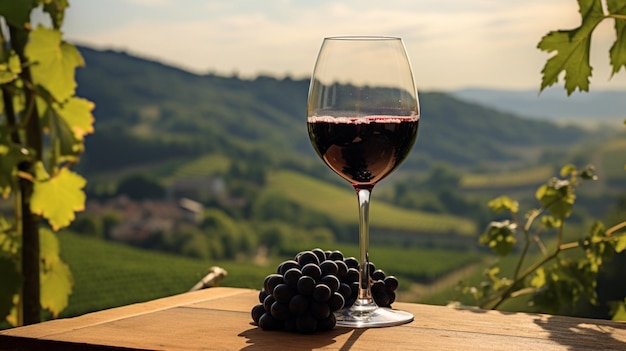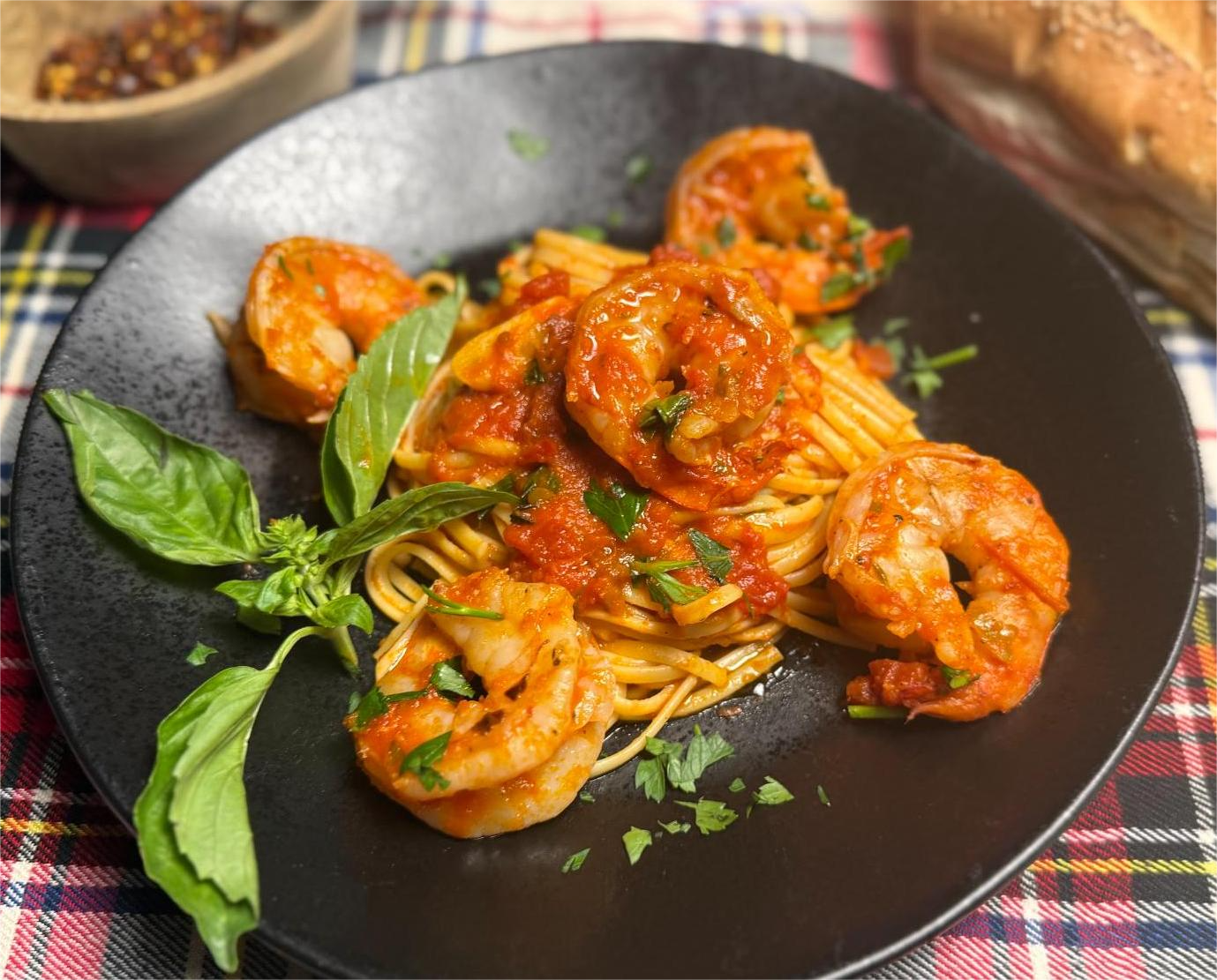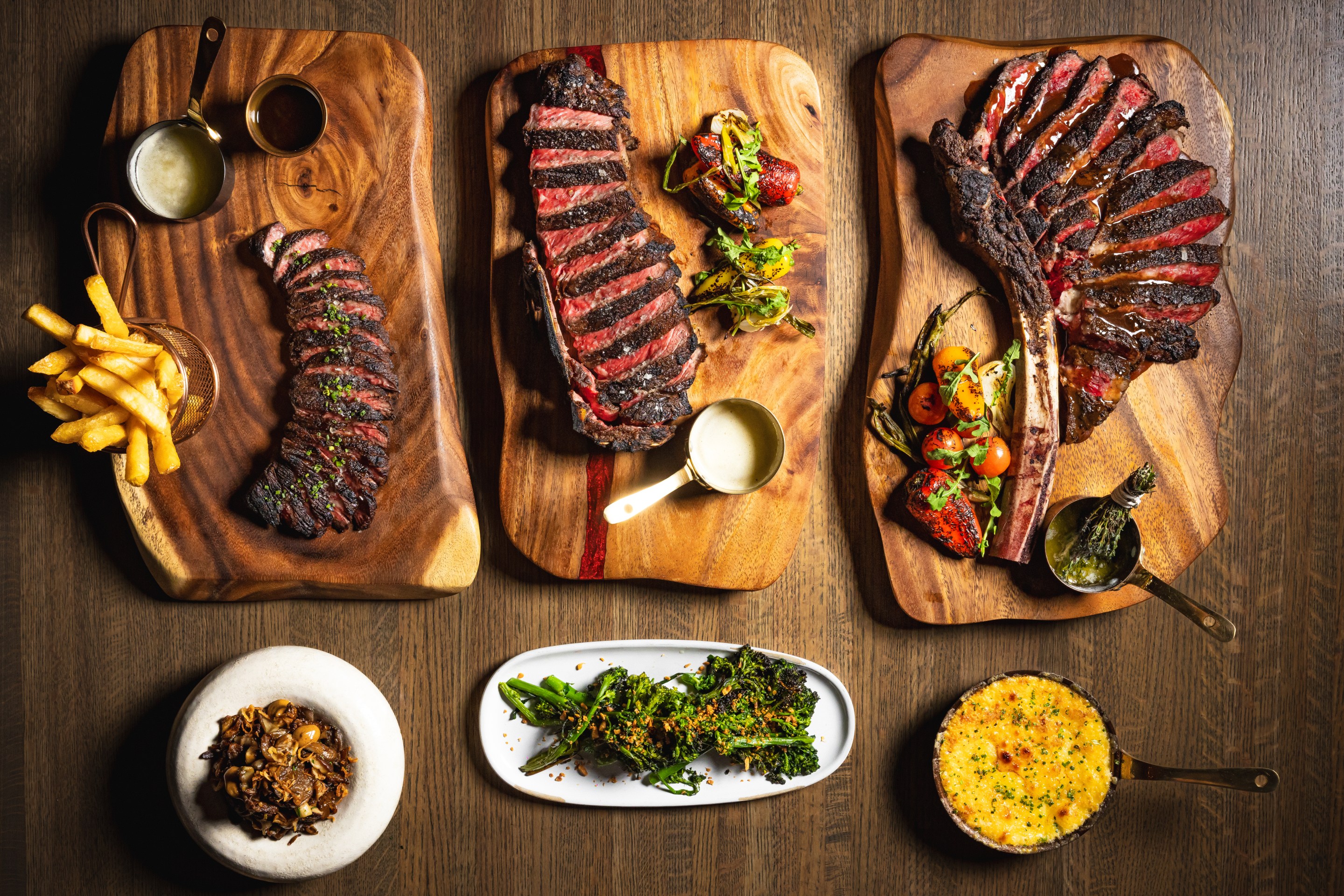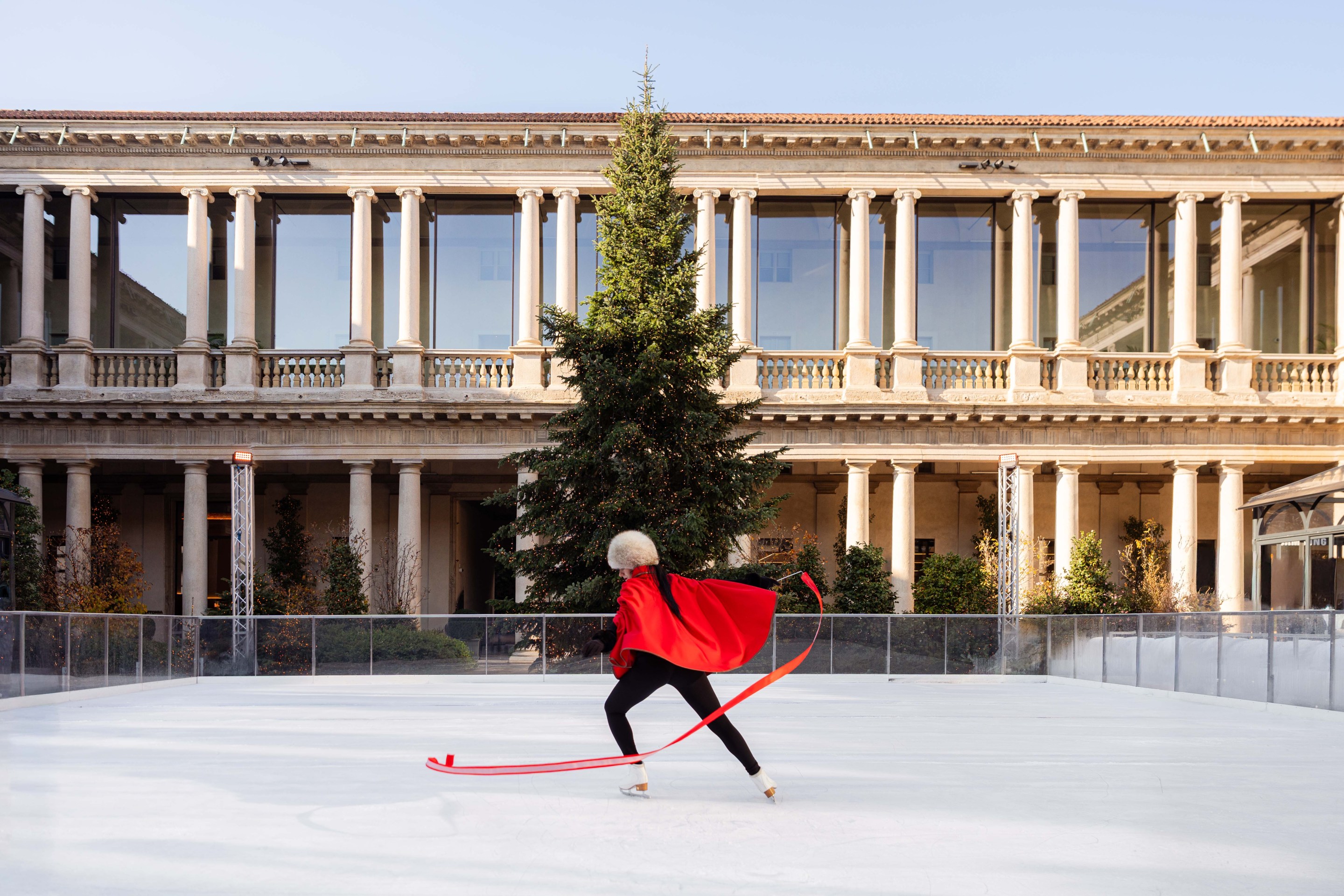Love is in the air, along with an abundance of everything pink and red. Pink and red themed parties, pink and red flowers, pink and red stuffed animals, even pasta! Naturally, this includes rosé and red wine too. This Valentine’s Day, I suggest a lovely red, a Chianti Classico for the lovers (friends and family too).
When we think of Chianti, we may immediately think of the renowned, mountainous, picturesque area in Tuscany, Italy, or we may visualize the wine that was historically sold in a fiasco (the traditional close-fitting straw basket that encased the bottom of the wine bottle). After all, Chianti is one of the most well-known and iconic Italian wines in the world!

Chianti, produced primarily from the native Tuscan grape, Sangiovese, is characterized by its deep red color, balanced acidity, and distinctive flavor profile that often includes notes of cherry, plum, and sometimes a hint of earthiness. Chianti wines are versatile when it comes to food pairing. The vibrant acidity tends to complement dishes with tomato-based sauces and Italian classics like lasagna, pizza, and grilled meats. However, Chianti pairs well with so much more.
Is there a difference between Chianti and Chianti Classico? YES. In short, the difference lies in the distinctive zone of production and the production guidelines. Chianti is produced outside of the historical area. The region of Chianti is divided into seven sub-regions: Chianti Colli Aretini, Chianti Colli Fiorentini, Chianti Colli Senesi, Chianti Colline Pisane, Chianti Montalbano, Chianti Montespertoli and Chianti Rufina. Chianti Classico, however, is considered the heartland of Chianti wine production and is produced within the delimited, historical Chianti district.
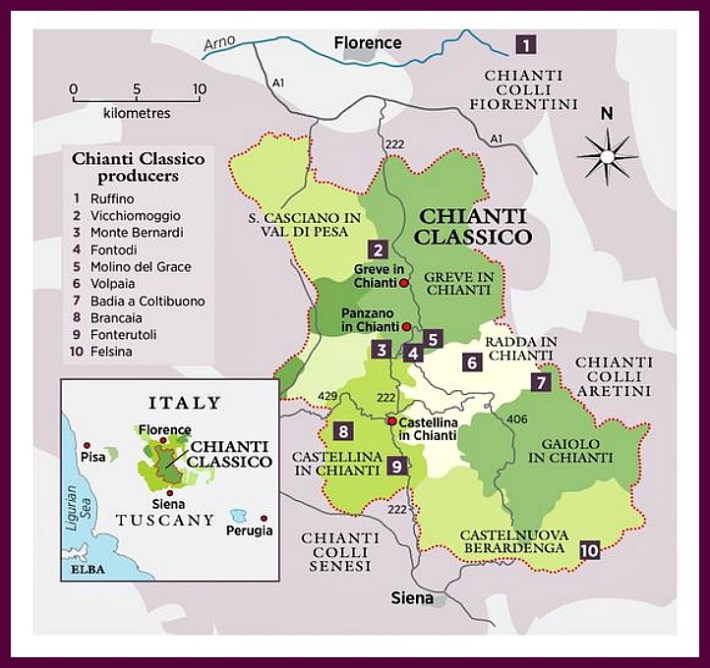
As of this year, this encompasses 11 subzones or Unità Geografiche Aggiuntive (UGA’s): Castellina, Castelnuovo Berardenga, Gaiole, Greve, Lamole, Montefioralle, Panzano, Radda, San Casciano, San Donato in Poggio and Vagliagli. These UGA’s will be printed on the labels to indicate the specific terroir. Prior to 2024, these UGA’s were only printed on Gran Selezione, the highest quality tier in the region. In order for a wine to be labeled Chianti Classico, the wine must be produced in one of the aforementioned subzones.
Additionally, Chianti Classico regulations dictate that the classico wines must contain a minimum of 80% Sangiovese, and up to 20% of other red grape varieties such as Canaiolo, Colorino, Cabernet Sauvignon, or Merlot. Specific aging requirements are outlined as well for the different Chianti Classico tiers (Annata, Riserva and Gran Selezione). Moreover, Chianti Classico wines are easily recognizable, as they bear the Gallo Nero or Black Rooster symbol on the label.
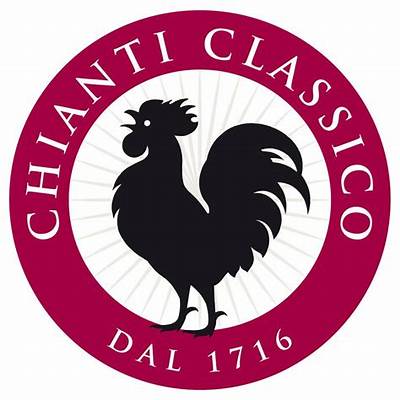
Cupid’s Valentine’s Day Suggestion: Querciabella Chianti Classico DOCG
Agricola Querciabella, which was founded in 1974, is a hillside estate located in the Greve subzone. The name Querciabella, in Italian, means “beautiful oak” and affirms the beauty surrounding the winery. Querciabella practices biodynamic and plant-based viticulture and is certified vegan and organic. From vineyard to bottle, no animal products are used. Querciabella Chianti Classico DOCG is made from 100% Sangiovese from high-altitude vineyards. In the glass, Querciabella’s Chianti Classico is a vibrant ruby-red, with aromas of juicy cherry, violet, and vanilla. The palate confirms, adding red berries and licorice. This wine is marked by refreshing acidity, yet it is elegant with fine tannins. 14% ABV.
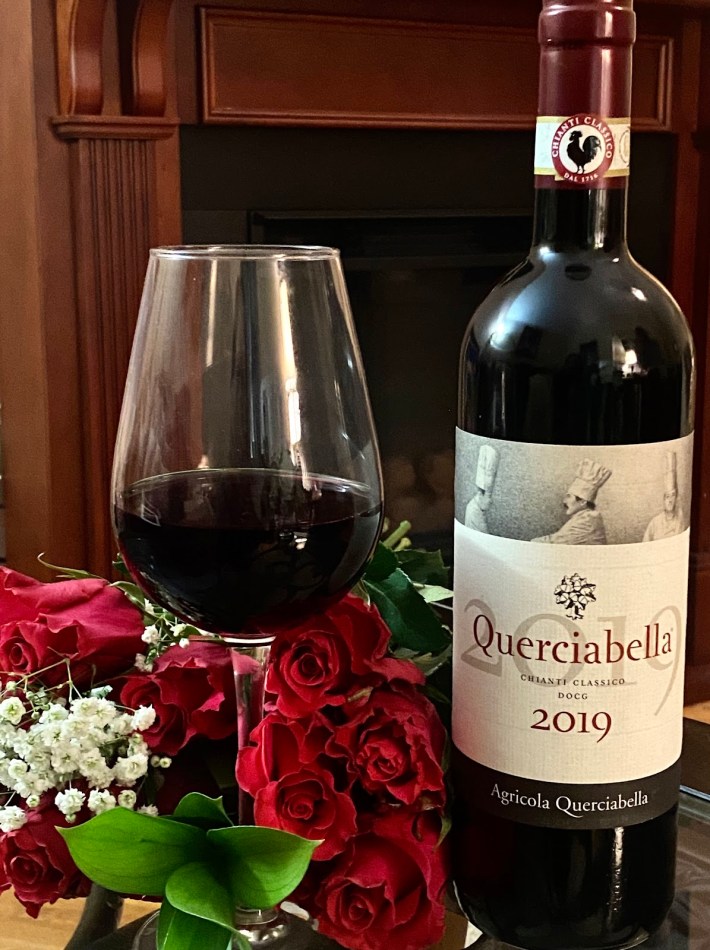
A lovely Chianti Classico, such as this one, would make a great choice to share with your loved one. Why not go with Cupid on this?
Follow Li Valentine as The Wining Hour on Instagram!
